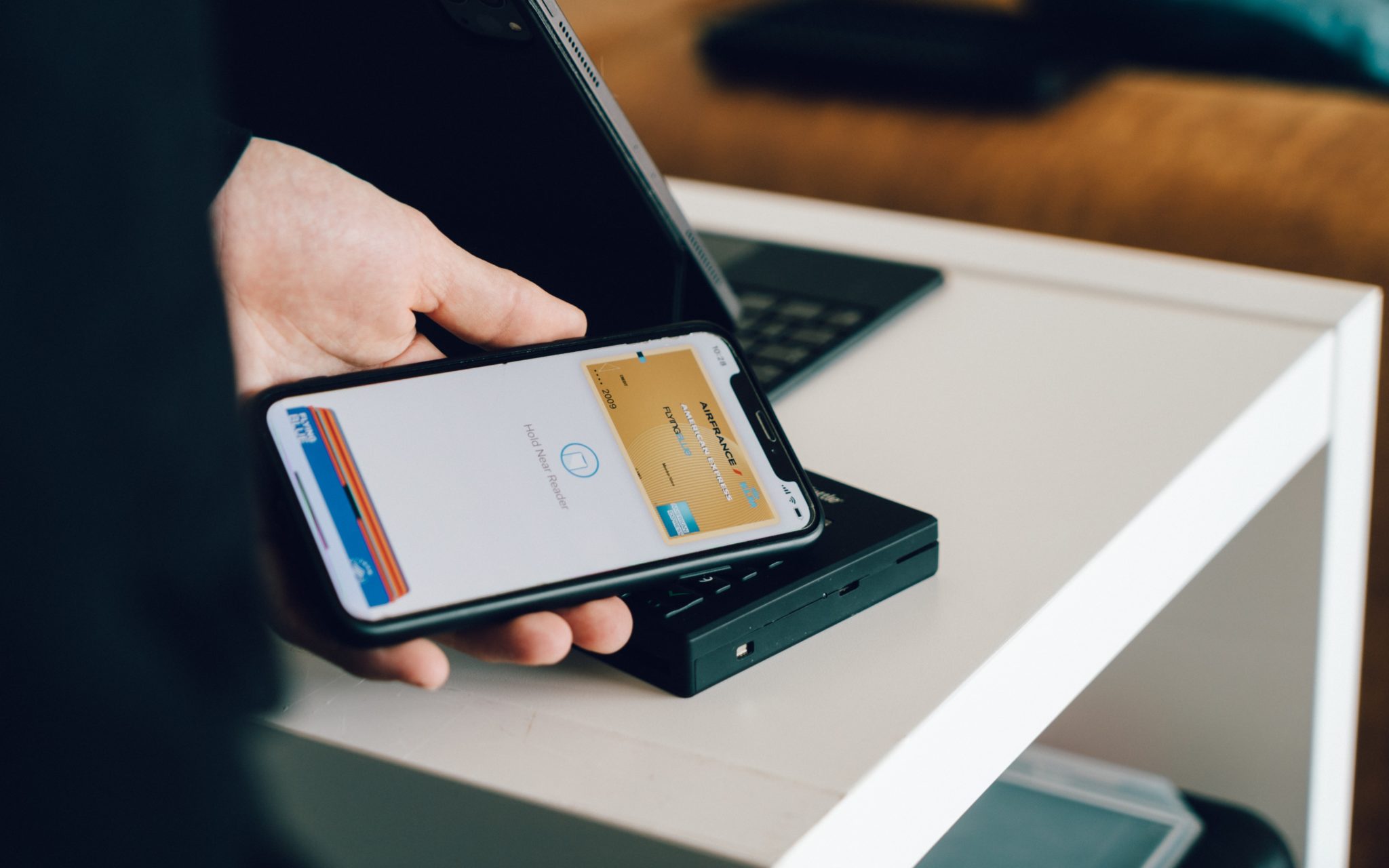What do you remember about your last customer?
I took an elective class back in college called “Profiling 101”. It was aimed toward criminal justice majors, but in my major (Business Related Design) I felt that it was as equally important. Our first assignment was a surprise. A fellow professor walked in, mid-lecture, and said she forgot something from her last class. She was only there for about 3 minutes. After she left, my professor asked us to write down every detail about her we could remember. Some said she had a red shirt on, while others said it was white. Others said she had jewelry on, while others didn’t even notice. He was training us to be observant, because that was what is most important in learning more about people. Thus, my introduction into knowing more demographic data about your customers. It is an under-utilized facet to running a successful business, and the simple truth is, it’s the details that tell you your customers’ story and it’s knowing the customers’ story that will keep them coming back.
My professor was a CIA operative
Really, he was. He moved from the tactical division into an intelligence division. He was more focused on observations, like body language. Body language can tell you a lot about what the person is thinking. Small things like, if their arms are crossed, or what direction their feet are facing are slight psychological tells that give you insight into their intent. But really that’s for another chat. I want to show you the easiest way you can learn more about your customers in 1 simple statement: “Ask them”.
The easiest way to get this information is at the checkout.
Do you have a pen? Do you have some paper? OK, you’ve got the tools we need to make this happen. Depending on the conversation you’re having with your customer, you can easily get important info that will help you appeal to them in the future. “When’s your birthday/How old are you?”, “Is this your first time here?”, “Where else do you shop?” are some really great questions you can quickly work into a conversation. On the other hand, some customers just don’t like to talk. Observations will help best in these situations. What age bracket are they in? Are they a new customer, not in your Counterpoint customer records? Here’s an example of a quick observation:
-
- Male
- 35-40
- Dress Shirt, blue
- high-end jeans
- Also shops at The Gap, Banana Republic
- Bought: Polo (yellow), khakis
- First time customer
What do your observations tell you? It could be many things. Maybe he’s expanding his style, or he’s got vacation with the family coming up. More details like Brand, Size/Fit, frequency of shopping are others you could add to this list. But we’ll keep it simple for now. What’s most important is getting an idea of who your customer is, and why they’re in your store and not your competitors’ store.
PRO-TIP* You can use “Profile Fields” In Counterpoint to add in this information to your customer records, and also setup prompts for when the customer returns to purchase.
The information you collect should be specific to your business interests. For example: “Does this customer have children?”. That would be important if you’re a clothing store and you sell kids clothing too. It’s a great opportunity for a future purchase.
So, What to do with this information?
If you’re tracking this information, you can leverage it in your email marketing, or other marketing efforts to better communicate with your customers. Appealing to your customers’ interests is key to returning customers, and quantified sales. It will help you make smarter decisions so you can apply the “Work Smarter, not Harder” principle.
Ok, quiz time:
Which do you think would work better?
- An email campaign to all of your customers about a new dress in one style
or
- An email campaign to all of your customers about a new dress in every style
The answer: Neither work as well as targeted email marketing does. As a guy, I’d probably put that email right in my trash.
You can go even deeper, relating your campaigns to your customers’ specific purchases. If you’ve got a new pair of those jeans I purchased 3 months ago in a new wash/color, that would get my attention.
PRO-TIP #2! Our Customer Connect module helps you build email campaigns around previous purchase history
If you’ve got other ideas on how you collect customer data, or a story in how it helped your business, leave a comment below. Alternatively, if you’ve got questions on this topic, or would like to dive a bit deeper, you should leave a comment as well!
Kudos to you for your interest in this subject. It’s one that many retailers overlook.



